LCS In Pacific: Run Silent, Run Shallow
Posted on
What good is a little ship in a big war on a big ocean? It can hide behind islands and in shallow waters, sniping at the enemy fleet — much like the PT boats of World War II or skirmishers in a Napoleonic army. That’s the US Navy’s newest argument for its much-criticized Littoral Combat Ship, and they have evidence to back it up from the latest LCS deployment to the Pacific.
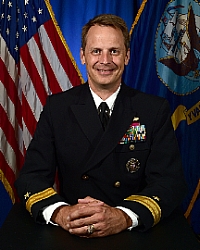
Rear Adm. Donald Gabrielson
“From the Philippines to Sri Lanka, there are 50,000 islands in that arc,” said Rear Adm. Donald Gabrielson, who commands the Navy’s operational hub in Singapore. An Arleigh Burke destroyer, with a 31-foot draft, can dock at “less than two dozen of them,” he said. An LCS can get into “over a thousand.”
“We’ve been able to go to places that DDGs (destroyers) have not been able to because of our draft,” said Cdr. Douglas Meagher, until recently skipper of the trimaran-variant Littoral Combat Ship USS Coronado, built by Austal, which has 14.8-foot draft. (The single-hull variant from Lockheed and Marinette Marine draws only 13.5 feet).
Coronado used that shallow draft to visit and train with foreign forces from eight different countries, he said, often “in places that the United States Navy has not visited in some time” because its ships could not fit. For example, he said, “you cannot send a guided missile destroyer into Palau,” an island whose strategic location the Pentagon has deemed “indispensable.” (Anchoring well offshore and sending people back and forth in boats just doesn’t allow the close contact of a port visit, Meagher told me).
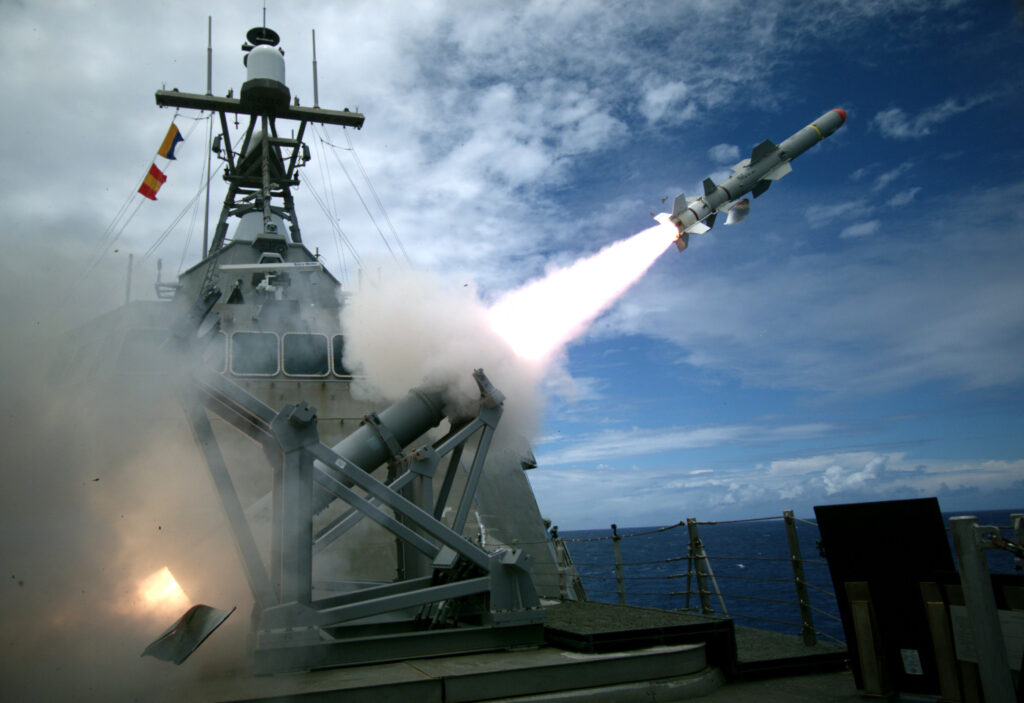
USS Coronado fires a Harpoon anti-ship missile during exercises.
Fire When Ready
“The highlight of the deployment,” however, was something much more warlike, Meagher said: the successful test-firing of a Harpoon anti-ship missile. Thanks to LCS’s modular, plug-and-play design, the missile was installed and integrated within “weeks,” Meagher and Gabrielson both said, something that would have taken months or years on a traditional vessel. Then, during the Pacific Griffin exercise off Guam, the Coronado used its MQ-8B Fire Scout drone to find the target — over the horizon and out of sight from the ship itself — then fired and hit it.
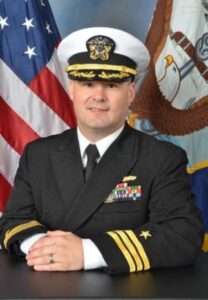
Cdr. Douglas Meagher
Drones and manned MH-60 helicopters are standard on LCS today. Long-range anti-ship missiles are not, but the service is finalizing a competition for an Over-The-Horizon weapon. (It will probably be the Kongsberg-Raytheon Naval Strike Missile, test-fired back in 2014, rather than the Boeing Harpoon, which dropped out).
Once OTH missiles are backfitted on existing LCS, Gabrielson and other admirals have argued, they’ll become ship-killers no enemy admiral can ignore. While they’ll have less firepower and toughness than a full-sized destroyer — or the future frigate — the upgunned LCS can hide more easily in shallow waters where submarines can’t follow and behind islands where radar can’t see. It can use its shorter-range Hellfire missiles and cannon to defend itself from the enemy’s coastal small craft. Meanwhile the LCS can use its drones and helicopter, as well as data from other Navy forces — a concept called called Distributed Lethality — to target the enemy’s big ships sailing exposed on the open sea.
With 50,000 islands for LCS to hide among, “good luck finding me,” Gabrielson said. “I know I’m going to be able find you…and I’m going to hurt you.”
Admittedly, LCS can’t take on a near-peer enemy’s main battle fleet by itself, nor should you expect it to, said Gabrielson. You wouldn’t send the Navy SEALs to take down a Russian tank division, either. But special operations troops are invaluable adjuncts to heavier conventional forces, he argued, and LCS will do the same for destroyers, cruisers, and aircraft carriers.
“We need to get these ships into the mindset that they are like the special operators of the naval surface force,” Gabrielson said. “Those ships can get in out and of places because of their speed and their shallow draft…. before other people realize what just happened”
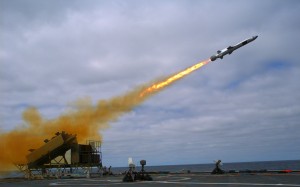
The LCS Coronado test-fires a Norwegian Kongsberg missile.
The Littoral Combat Ship’s speed is actually one of its most controversial features. The ship can sprint at roughly 45 knots, compared to roughly 30 knots for destroyers, but to do so it burns fuel ferociously, reducing its range, and it must carry massive, complex engines for a ship its size, reducing payload. The Navy never conducted an in-depth analysis of whether this trade-off was necessary and has long struggled to find a tactical application for all that speed. Indeed, since the Littoral Combat Ship relies more on sending out helicopters, drones, and unmanned watercraft than do traditional destroyers, the LCS mothership itself arguably needs to get places in a hurry less. In wartime, particularly, you can’t outrun a missile. So why so fast?
When combating terrorists, drug smugglers, and pirates, Gabrielson said, you’re often chasing small, fast boats that can make up to 40 knots. Helicopters and drones can find them, but they can’t catch them, and in peacetime you can’t just blow them out of the water. (Even in wartime, you might want to capture someone). There are techniques for shooting out a boat’s engine so pursuing vessels can catch up, but sometimes you want a ship with the high speed and shallow draft to run them down.
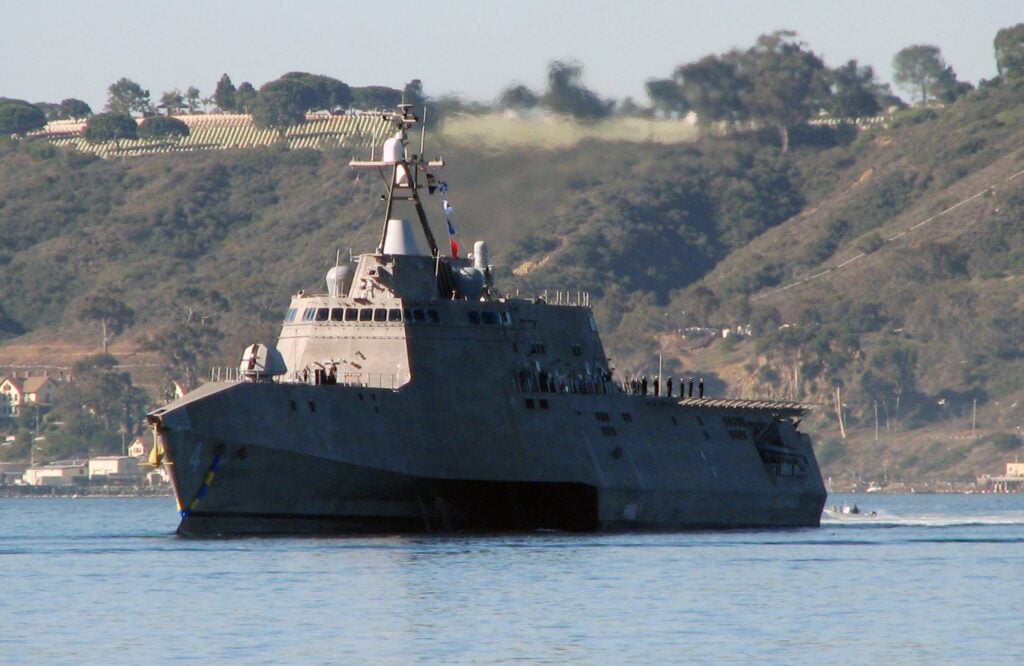
LCS-4 Coronado
Maintenance Headaches
While the speed it provides is useful, the Littoral Combat Ship’s complex dual-engine arrangement is a major maintenance burden on the ship. Two of the monohull LCS variants, Freedom and Fort Worth, experienced embarrassing breakdowns, while the Coronado itself, a trimaran, suffered one en route to Singapore.
That breakdown occurred before Cdr. Meagher came aboard. There are two crews assigned to each LCS, switching off mid-deployment to reduce fatigue. By the time he arrived, the ship worked fine, he said, although engine maintenance does take more of the crew’s energy than on a traditional ship. Conversely, LCS’s combat systems are less complex than an Aegis destroyer’s and take less work, he said.
LCS crews and shore maintenance teams have learned from experience, as has to happen with any new class of ship, Meagher told me. After early reports of exhaustion, the Navy’s also increased the number of sailors aboard to about 100. (That’s counting a 25-man aviation detachment to run the drones and helicopter).
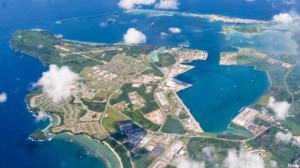
Naval base on Guam
So Coronado was able to spend about half its 400-day deployment outside of Singapore, where the main LCS maintenance facilities are. The Navy was even able to set up temporary “expeditionary maintenance” sites in both Guam — leveraging the submarine tenders based there — and in Cam Ranh Bay in Vietnam. Coronado could pull into those places for maintenance like a race car taking a pit stop, without having to head back to Singapore.
In peacetime, decentralizing maintenance this way is a great convenience. In wartime, when major hubs may be blockaded, mined, or bombarded with long-range missiles, it may be a lifesaver.
“We had the ability to do maintenance in any port that we visited, provided we had the diplomatic pieces worked out in advance,” Meagher said. “There are certain customs limitations on what you can and can’t bring in.”
“We have turned the corner on being able to do it right,” said Gabrielson. “The ship, from a readiness/operational availability perspective was, I would tell you, as good or better as any other class of ship we have in the Navy.”
Subscribe to our newsletter
Promotions, new products and sales. Directly to your inbox.
